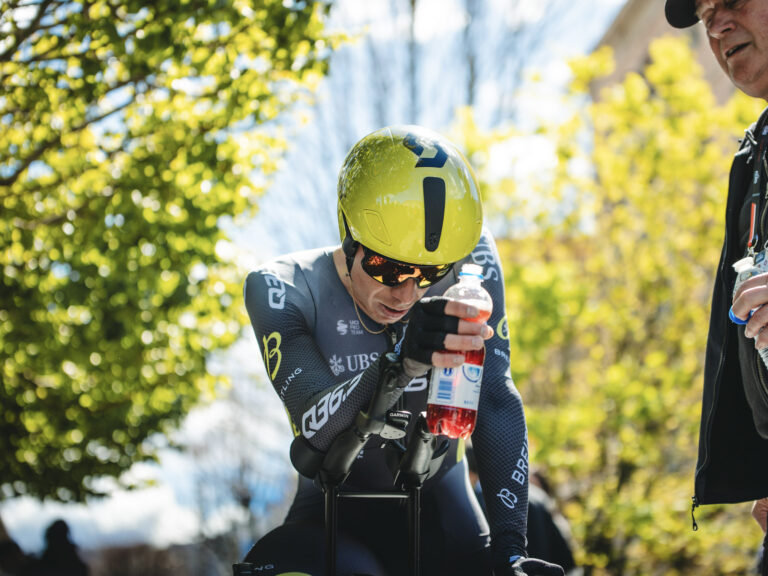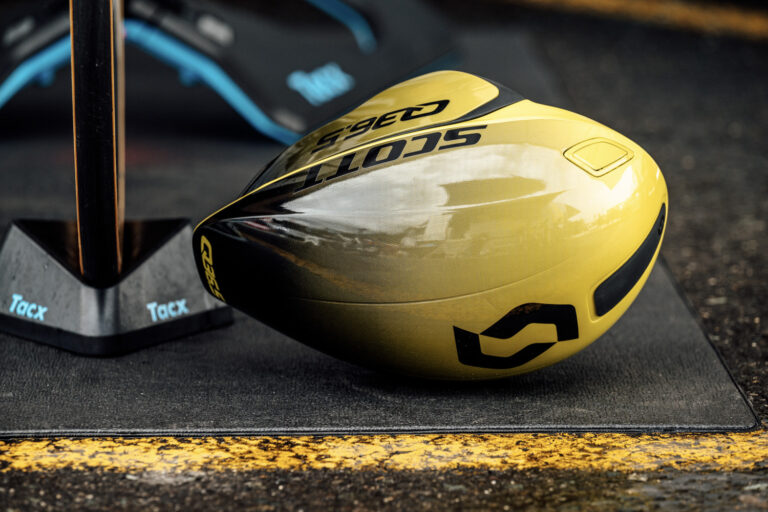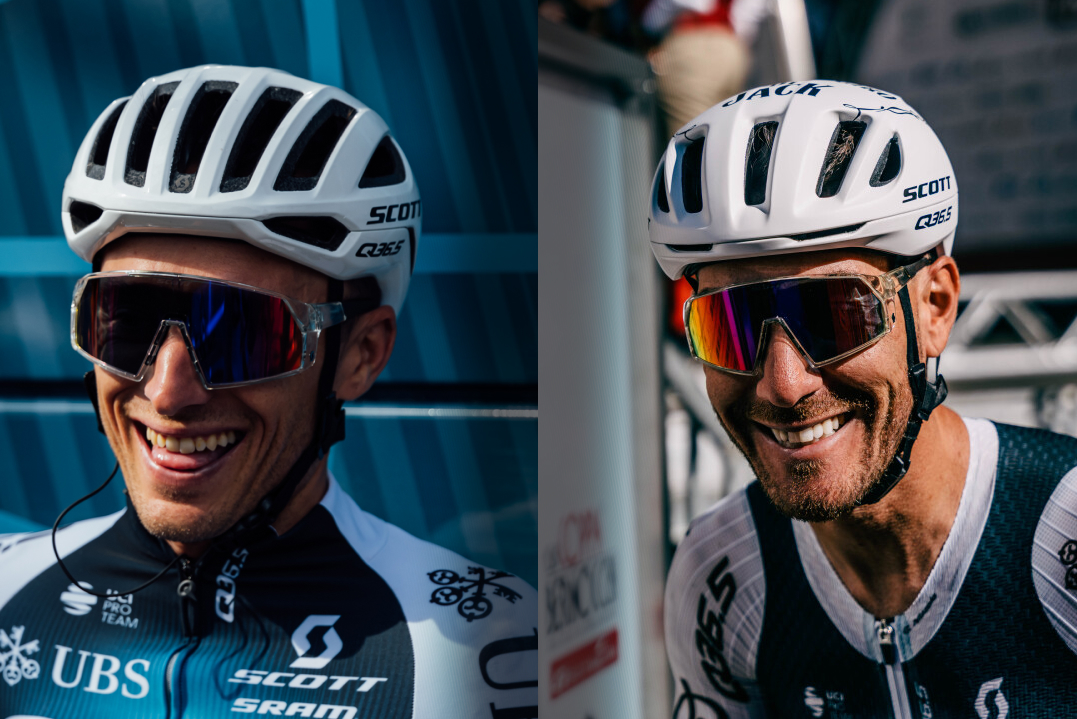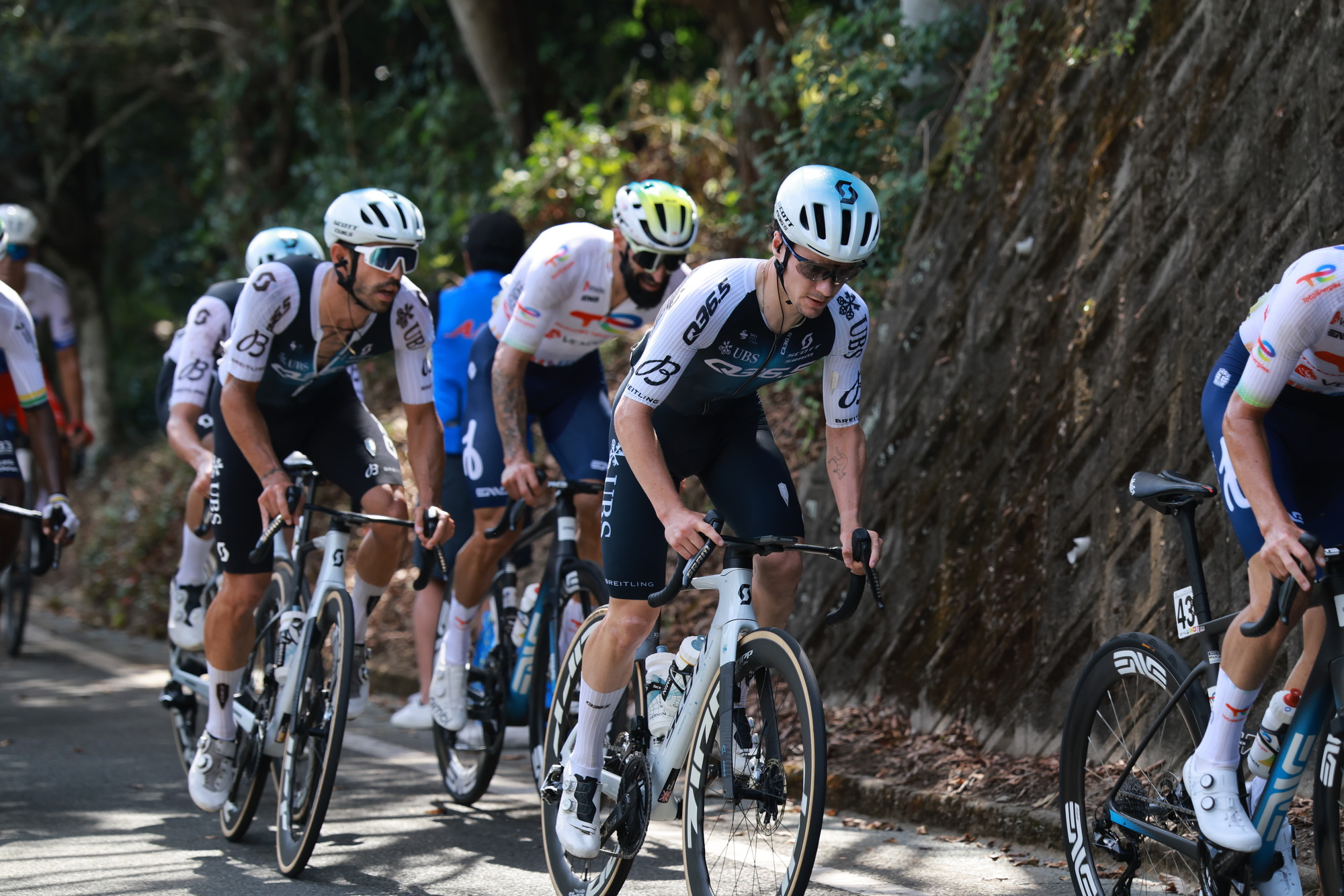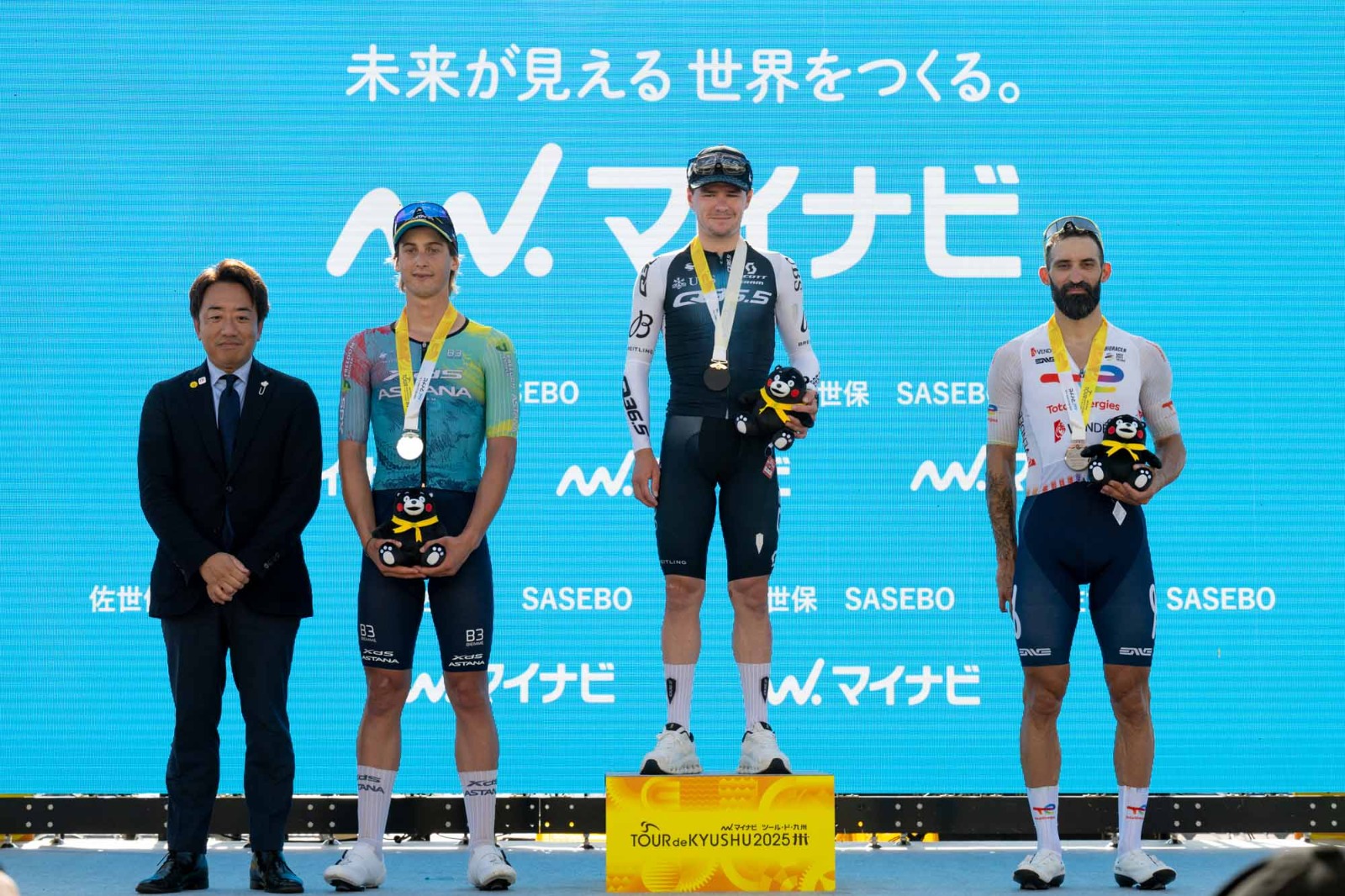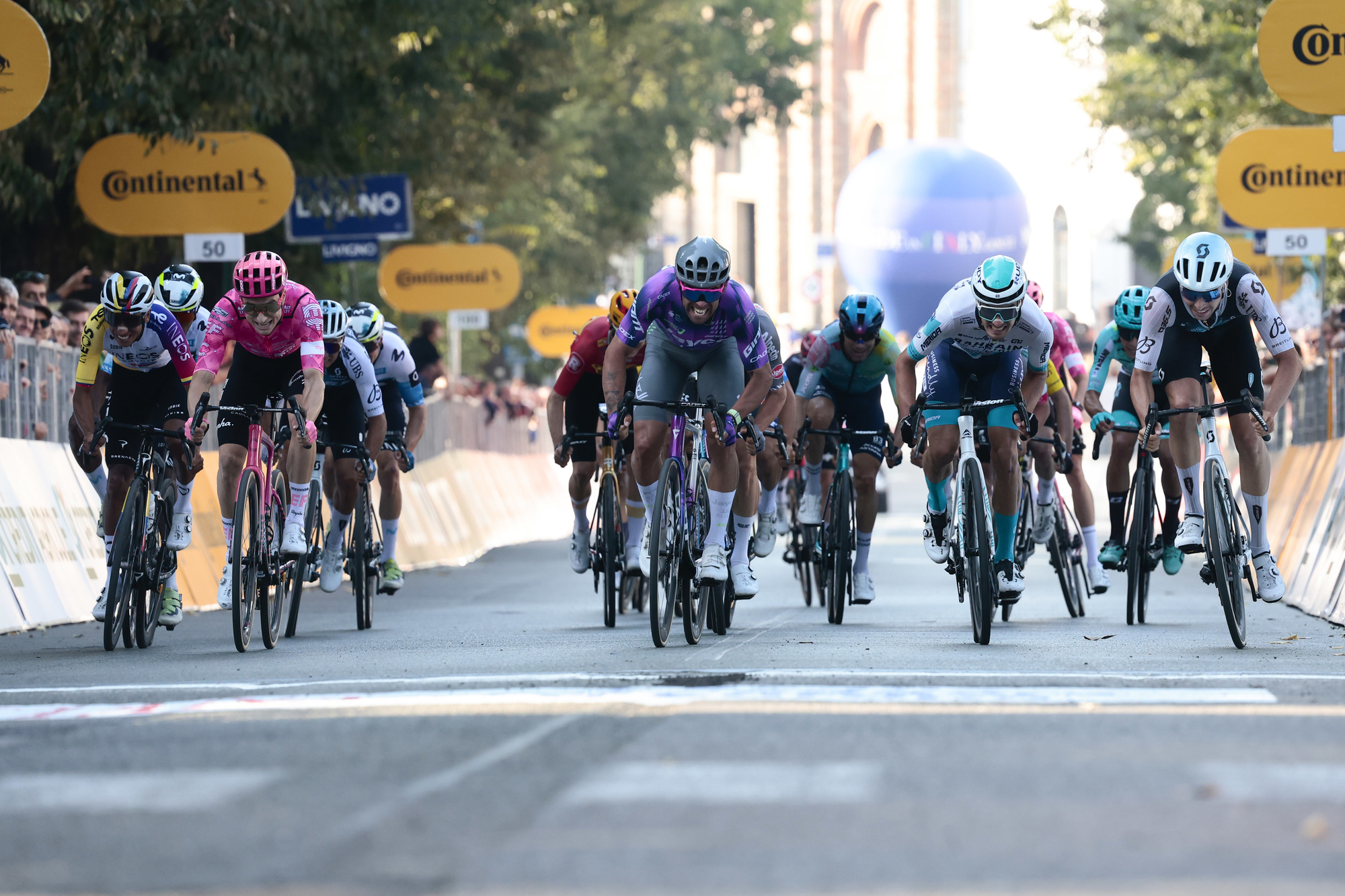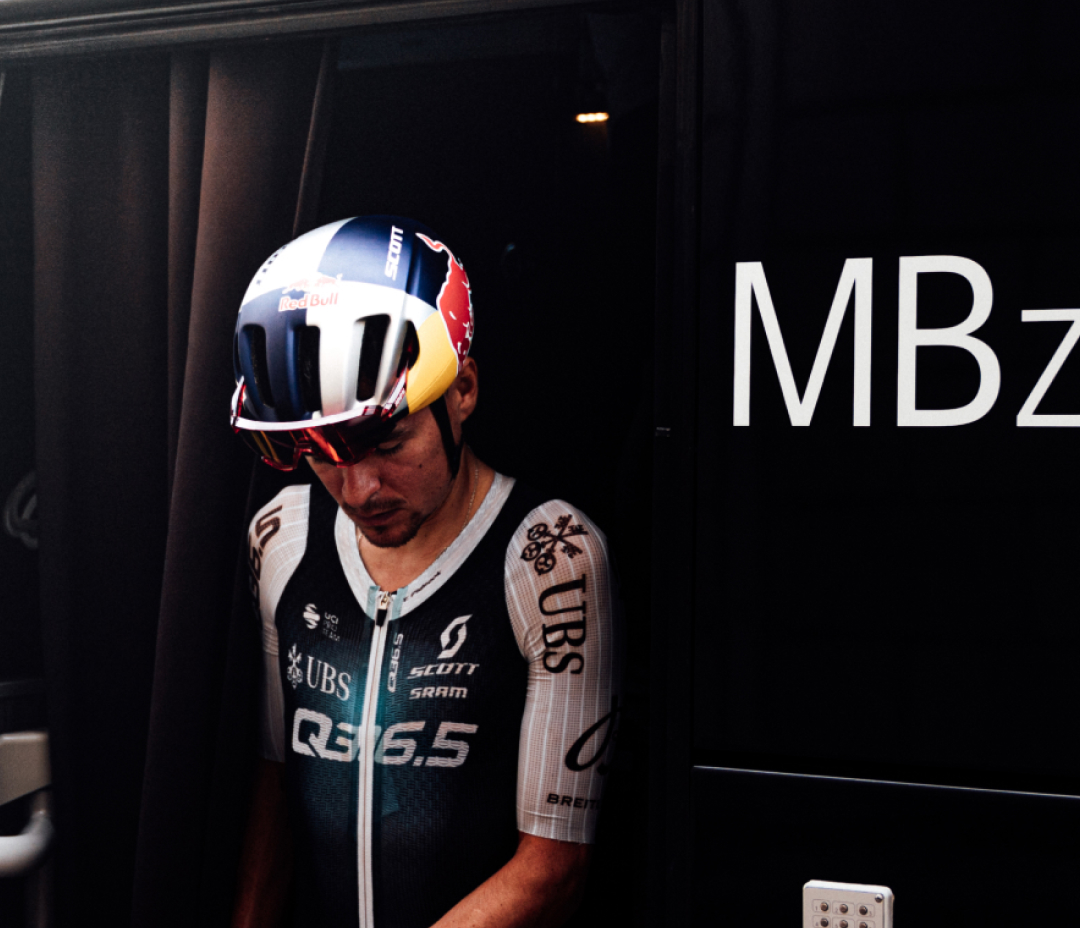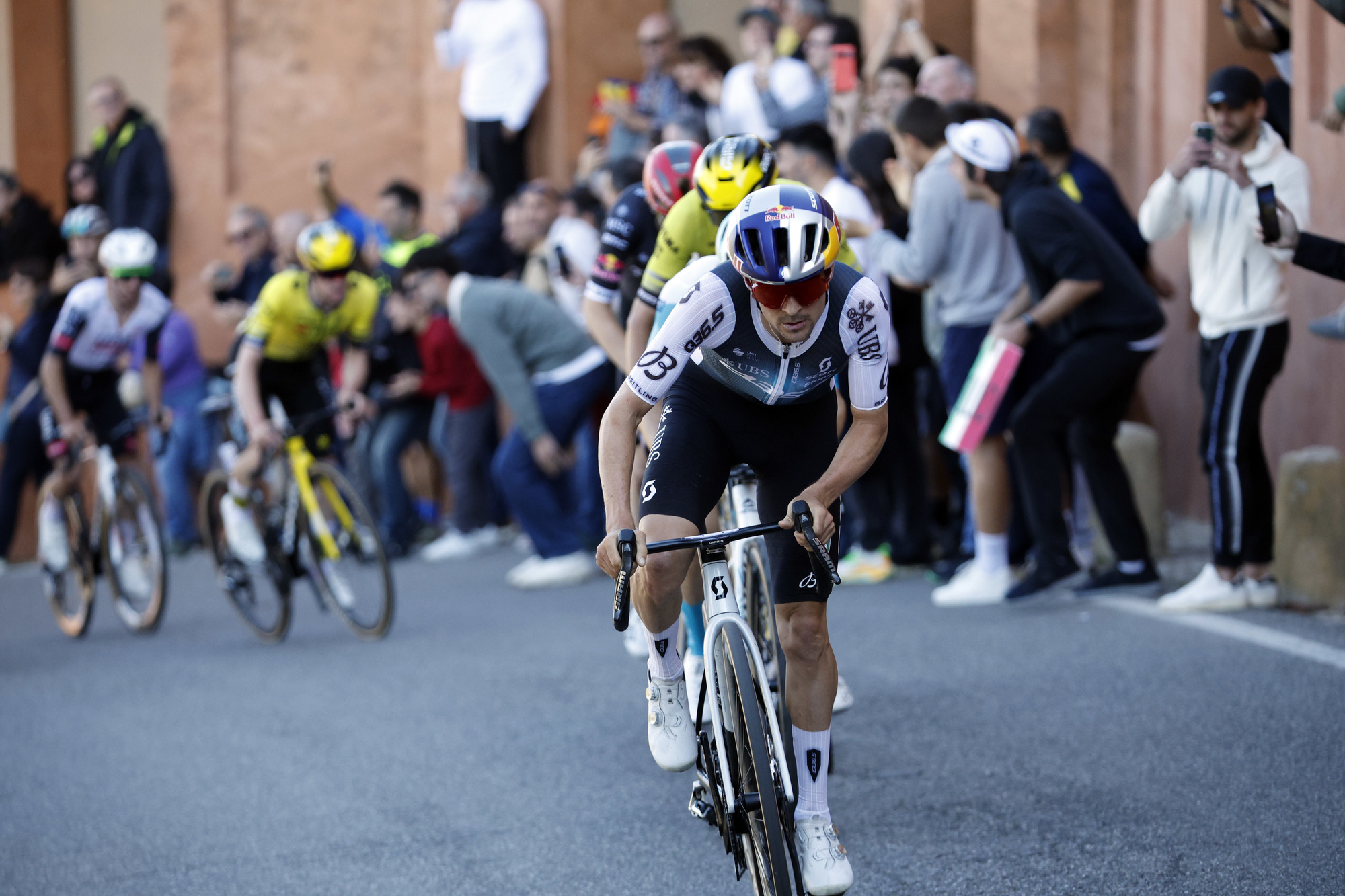News
De la Cruz breaks down the Race of Truth
Time trialling, often referred to as the “Race of Truth,” or “Race against the clock” is a meticulous art form where attention to detail is paramount. We asked David de la Cruz, the new Spanish TT Champion, to weigh in on how he prepares for a time trial and what actually happens on race day.
2 July 2024.
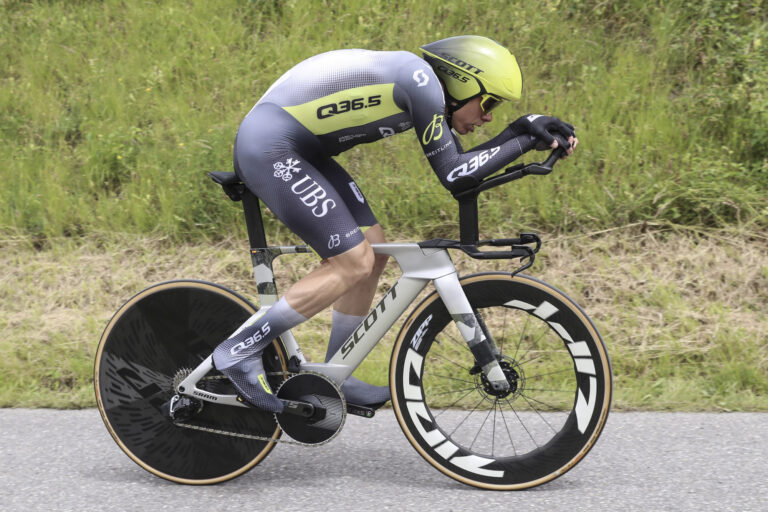
Aerodynamics, equipment, biomechanics, training parameters, visualization, mental conditioning, and nutrition—all these factors play a crucial role in the quest to go faster. In this discipline, there is no hiding; it’s just the rider and their machine against the clock, serving as the ultimate measure of speed.
David de la Cruz, racing his first season with Q36.5 Pro Cycling Team, has participated in over 80 time trials throughout his 14-year career, consistently achieving impressive results.
His recent victory at the Spanish National Championships, where he won the Individual Time Trial (ITT) race, stands out as a testament to his expertise in this discipline. De la Cruz claimed the Spanish National TT title in emphatic style adding to his list of standout time trialling performances, which includes a victory in the closing ITT of Volta a Andalucia 2018 and an 8th place finish in the final ITT at the 2024 Tour de Suisse, competing against some of the top cyclists in the world.
We asked the new Spanish TT Champion to break down how he prepares for a time trial and what actually happens on race day.
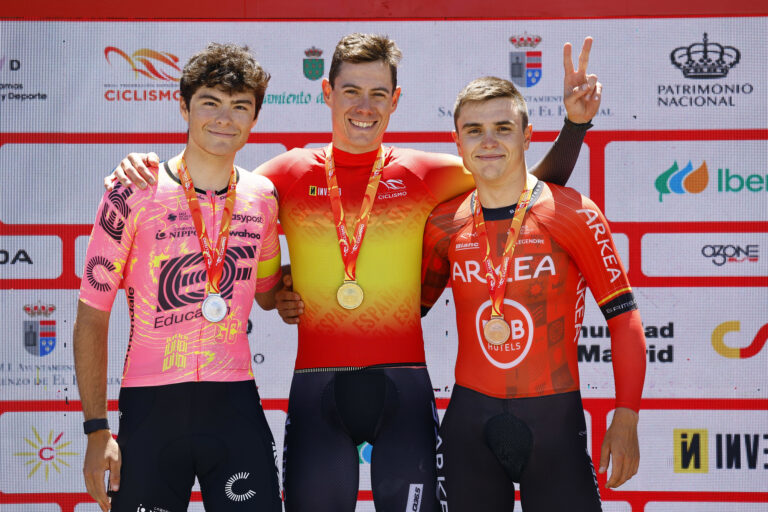
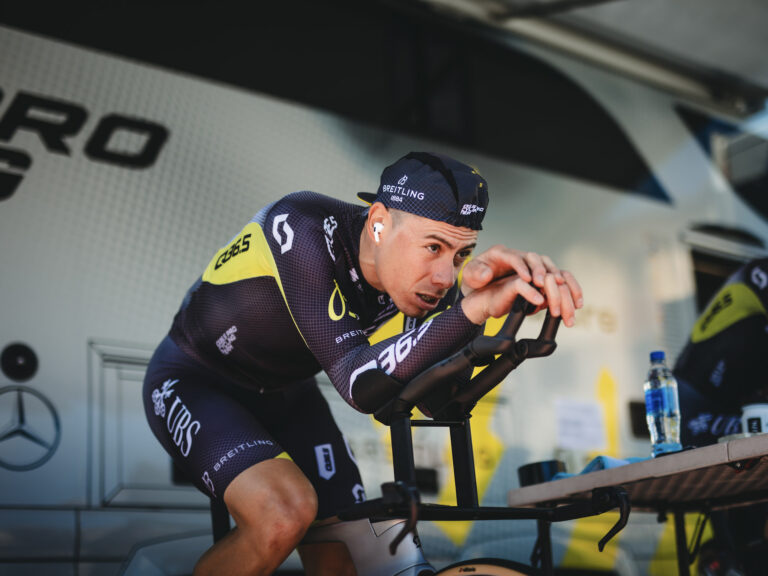
“On race day I like to really work on visualisation”
How do you actually train for an Individual Time Trial?
First and foremost, I train on my TT bike – the SCOTT Plasma RC – as often and regularly as possible. I try to train two or three times a week during the season, normally on the recovery days or recovery rides. For example if I have on my training plan one and a half hour easy training ride I’ll often do it on my TT bike. When I have a specific short-term goal, like the Spanish Champs, I try to do efforts that have a similar length and profile.
Do you train to watts or feeling?
I always train to watts. My coach gives me a target and I focus on hitting those numbers during training efforts but at the same time it’s important to race to feeling not just the power meter. You need to feel the chain. You need to intuitively know when and how to push more depending on the course.
How do you start your preparation on a TT day?
On race day I like to really work on visualisation. If I have the chance, I try to have a look on the circuit. If not, I do it through Veloviewer. I try to just focus and have a clear image in my mind of how the TT is going to be. I close my eyes and think about how I’m going to take each corner, how my position need to be and have a clear mental roadmap.
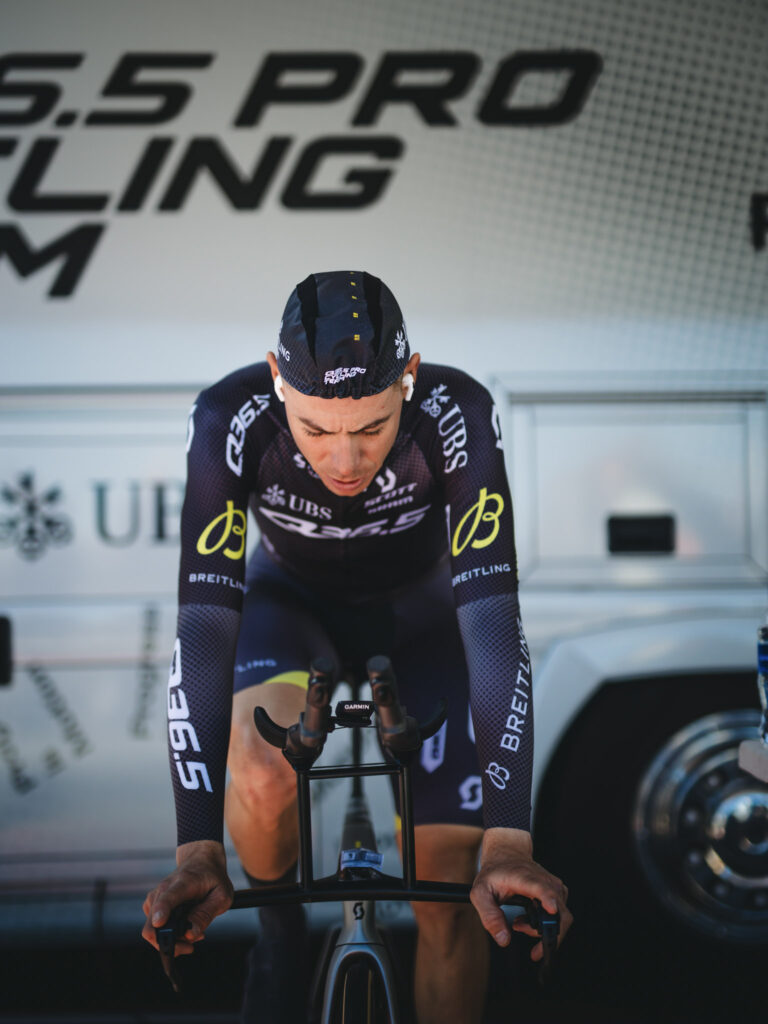
How do you approach the warm-up before the TT?
My warm-up is always 25min and I really take care to not overdo it. It’s a warm-up, not the race. Typically I start with the first five minutes really easy and then I do five minutes progressive until until I reach my threshold. After that I do like some activation of 30 seconds hard, 30 seconds easy. The goal is to warm up the engine not to kill yourself. Also I do a couple of sprints to simulate the effort you have to do on the start ramp.
Do you use music to concentrate or help you get motivated?
I like to listen to music during the warm-up and have a specific playlist where the last song is an Eminem song that really gets me fired up.
How early before the start time do you conclude your warm-up?
I try to finish my warm-up about 12-15 minutes before my start time. If I have to go early to the start gate because the bus paddock is located far away I like to have rollers on the start tent to spin a bit before I hit out.
Often we see riders using fans and/or ice vests during warm-ups. What’s your take on that?
If the weather is really warm, like it was in Suisse for the last TT for example, I like to use ice-vests to keep cool while warming up. It’s very useful to keep your Core temp in the optimum range. But to be honest I avoid using the fan, specially in combination with the ice-vest as this can lead to catching a cold.
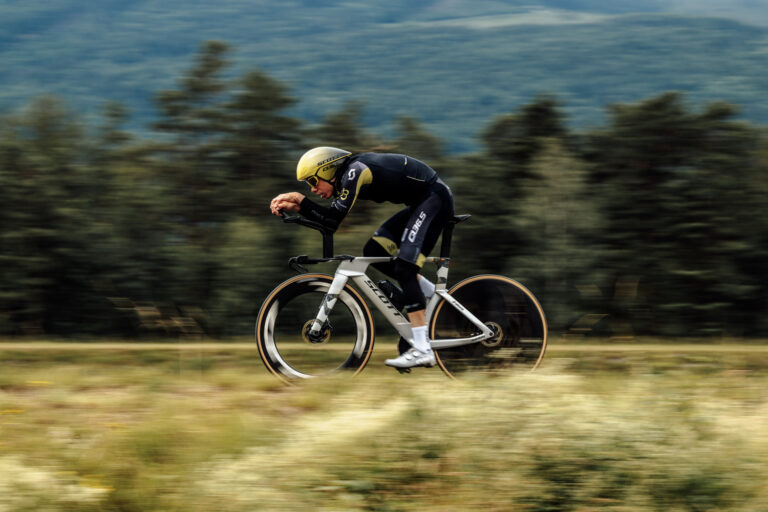
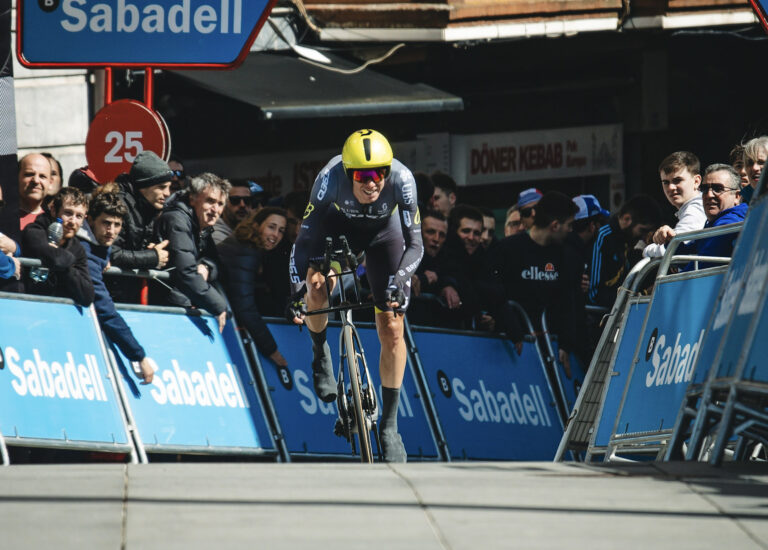
“When things are going well you fall into this flow state”
How to you fuel for a time trial?
I like to have my final meal before the TT no less than three hours before I start. Typically it’s a high carb meal, easily digestible which will stock up my glycogen stores. If I then get hungry before the warm up I’ll most likely have an Amacx bar and during the warm-up itself I will take an Amacx gel.
What’s your hydration protocol?
During the warm up I will also hydrate with Amacx energy drink not water. This is important because in the warm up I tend to sweat quite a bit and therefore loose some electrolytes. With the energy drink I can replace these so I can have an optimum performance during the TT itself.
Any other warm-up inside secrets?
Sometimes the performance protocol includes taking bicarb before the TT but one needs to be aware that this will likely lead to some weight gain the next day due to water retention.
What goes through your mind once you’re off the start ramp?
I’m pretty focused on the power output and the pacing but I also employ self-motivation techniques. I like to repeat certain phrases in my head like fore example: “You’re going well. You’re so strong.” This type of thing. Self-motivation is crucial and really important to have positive mindset during the whole time trial. When things are going well you fall into this flow state.
“A time trial is like putting your fingers in the edge of a door, closing that door and keep it closed for 30, 40 min”
How would you describe the sensation of doing a time trial?
I remember Tom Dumoulin once said that a time trial is like putting your fingers in the edge of a door, closing that door and keep it closed for 30, 40 min, whoever long the TT is. I relate to that, that’s a bit how a TT feels to me. It’s a physical pain but it’s also a mental pain and you have to be able to endure both. It’s really painful and once you accept that you find that focus and go through the process to see it through.
What is harder: the physical pain or mental pain?
You’re going so hard and so deep that what really stands out to me is the mental pain. Our mind is not made to struggle, to go full gas. So in a way you have to fight agains’t yourself. Physically you obviously feel the pain in the legs but in the final part you also feel it in the arms because of the extreme position on the bike.
Do you follow a different nutrition plan on TT days compared to normal road stages?
The TT days, especially prologues, are tricky because you’re used to eating quite a large amount of calories per day but on these days you obviously ride much less compared to a, let’s say, normal stage. So you really need to take good care of your nutrition so that you’re not overweight the next day. This is another reason why I like to do a long cool down ride so that I know I will burn that extra 600/700 calories and make sure I can have a normal dinner and take in the carbs that will fuel the next stage.
How do you start the recovery process after a time trial?
After a time trial I usually prefer to cool down on the bike, not the rollers. And if it’s a stage race I like to do it on the road bike, mainly for the reason that I want to readapt as quickly as possible to the position on the road bike because it’s quite different from the TT position. The saddle position is higher, the handlebars are narrower so it takes a bit of time for the body to readapt. If it’s possible logistically, I like to do at least 20 min of a cool down ride.
